#wadsworth atheneum museum of art
Photo
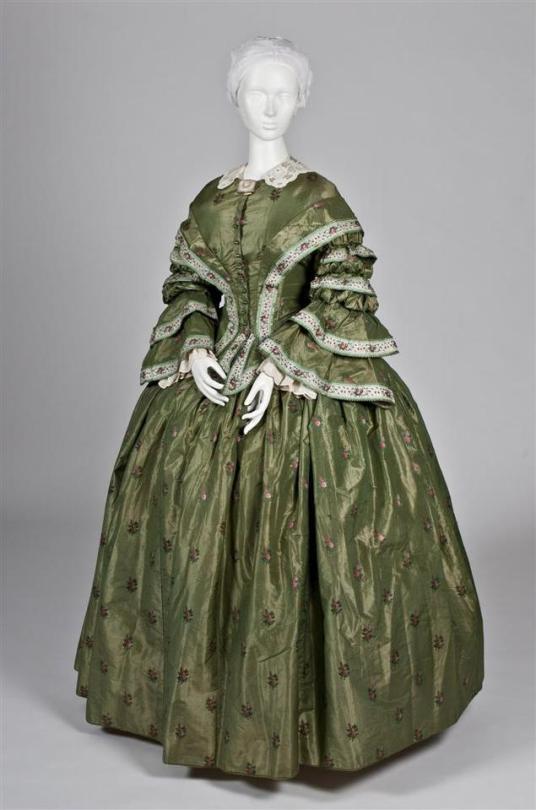
Dress
1860s
Wadsworth Atheneum Museum of Art
#dress#fashion history#historical fashion#1860s#crinoline era#19th century#1860#1865#1869#green#floral#flower print#antebellum#civil war#taffeta#brocade#wadsworth atheneum museum of art
640 notes
·
View notes
Text
Omg more diy jewelry?????

yeeaaaaaahhhh got bored and spent an hour or two on this. I’ve recently been making little net charms for some of my tumbled stones (mainly the dyed ones because I just prefer for my rocks to have natural coloration and there needs to be a huge emotional attachment for me to genuinely want to keep a dyed stone) and I thought I’d make one for this little guy cause I want to keep it. I think it’s a pale amethyst because it looks akin, but I’m not really certain. Tumbled stones are harder to id because I can’t find the exact formation it grew in that would tell me. I got it with a bunch of treasures and international art while clearing out my deceased great uncle’s home, including a 18th century Martha Washington with embroidered scenes in its doors (don’t worry, we contacted a museum that told us it was in too poor condition, and restored it ourselves the best we could. I’d never put my own fancies over the preservation of historical artifacts and culture).
So I spent a bit putting together the net together and tied it around the stone. Then I used beads I had! That includes garnet, tigers eye, mother of pearl, dragonsbloodstone, and fluorite in purple or mini beads. Hoping it’ll work with my Dionysos themed necklace I’ll be wearing on Sunday at the Atheneum.
#The Atheneum is the wadsworth museum in Hartford btw#diy#diy jewelry#custom jewelry#custom#diy necklace#custom necklace#art#Diy goth
13 notes
·
View notes
Photo

Vampire Suit (jacket and jeans), 1998
Trench coat, tattoo shirt, belt, chains, bag - Designed by Jean Paul Gaultier
Wallet - Sold at Hot Topic
Boots - Manufactured by Dr. Martens
Ensemble styled by Richard Patrick Anderson
Source: “Gothic to Goth: Romantic Era Fashion & Its Legacy” at the Wadsworth Atheneum Museum of Art
Exhibit Site
Google Arts and Culture Page About Exhibit
Google Arts and Culture Page About Image
#fashion#jean paul gaultier#gothic fashion#fashion photography#fashion history#gothgoth#i went down a rabbit hole trying to see if i could find a fullbody picture of vampire suit#and this is what i found!
5K notes
·
View notes
Photo

Archaeology & Art@archaeologyart
Snail with Nautilus Shell by Jeremias Ritter, c. 1630 (German, died 1646. Medium: Nautilus shell, silver gilt. Collection: Wadsworth Atheneum Museum of Art, Hartford, Connecticu
544 notes
·
View notes
Text

Edgar Degas • Avant le lever du rideau (Before the Curtain Rises) • 1892 • Pastel on paper • Wadsworth Atheneum Museum of Art, Hartford, Connecticut
#art#painting#fine art#art history#ballet in artworks#pastel painting#women in paintings#french artist#edgar degas#impressionism#late 19th century european art#art & beauty#art appreciation#art lovers
20 notes
·
View notes
Text

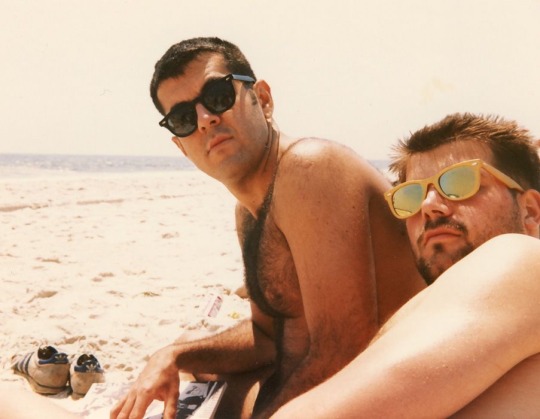

“Untitled” (Perfect Lovers)
Félix González-Torres (1987-1990)
Wadsworth Atheneum Museum of Art
-
Félix González-Torres and Ross Laycock
Gordon Kurtti
#contemporary art#conceptual art#conceptual#minimalism#lgbt art#lgbtqia#beach#clock#time#felix gonzalez torres#american#new york city#aids#90s#love#film photography#chicago#connecticut
30 notes
·
View notes
Photo


ab. 1815 Pelisse (by unknown maker, American)
silk, satin
(Wadsworth Atheneum Museum of Art)
178 notes
·
View notes
Photo
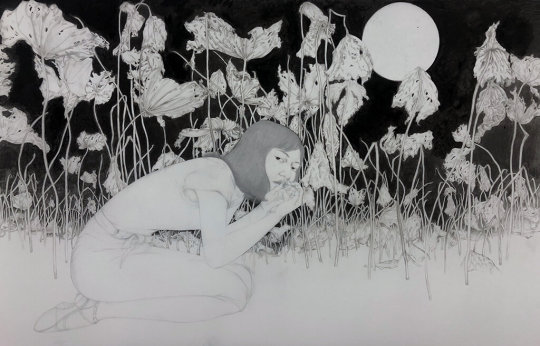

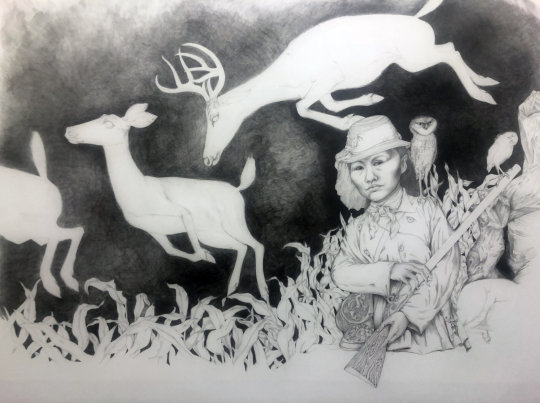
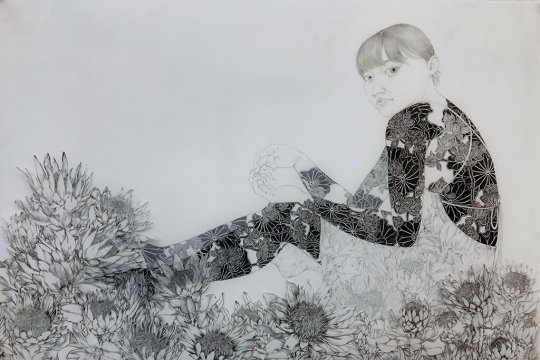


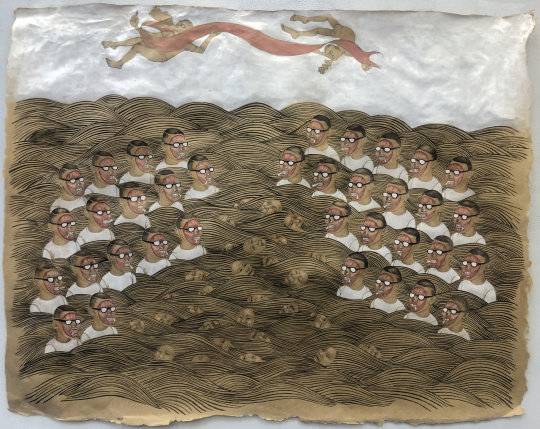
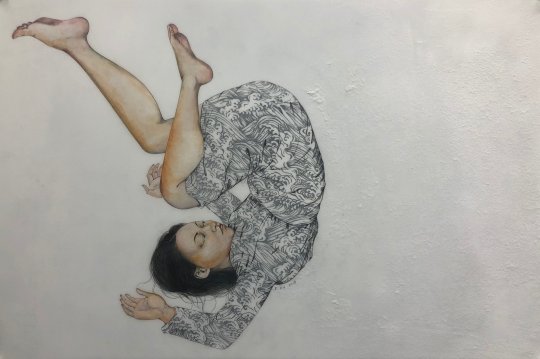

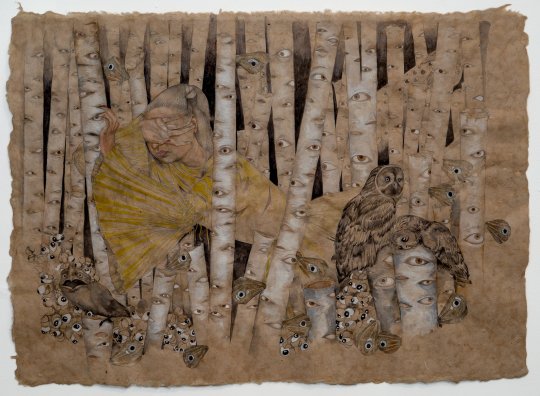
Fay Ku is a Taiwan-born, New York City-based artist whose work connects with past and present cultural histories. She is the recipient of a 2007 Louis Comfort Tiffany Grant and 2009 New York Foundation for the Arts fellowship grant.
Her work is in the collection of Academy Art Museum (Easton, MD), Asian American Art Centre (New York), Honolulu Museum of Art (Honolulu, HI), Marjorie Barrick Museum of Art (Las Vegas, NV), The New Britain Museum of American Art (New Britain, CT) and The Wadsworth Atheneum, Hartford, CT).
https://www.fayku.com/about-the-artist
39 notes
·
View notes
Photo

Milton Avery (American, 1885-1965), Husband and Wife, 1945. Oil on canvas, 85.7 x 111.8 cm. Wadsworth Atheneum Museum of Art, Hartford, Connecticut
164 notes
·
View notes
Text





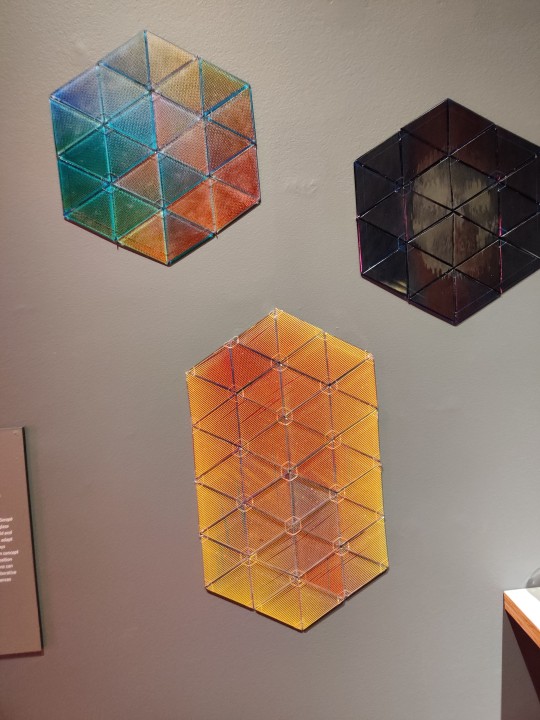

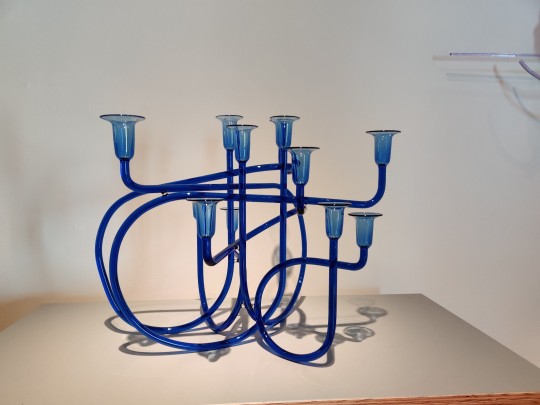


some really good angels from the Wadsworth Atheneum art museum in Hartford, CT
49 notes
·
View notes
Photo

Tea Gown
c.1898
Wadsworth Atheneum Museum of Art
#tea gown#fashion history#historical fashion#1890s#edwardian fashion#edwardian#1898#19th century#pink#silk#floral#flower print#wadsworth atheneum museum of art#popular
721 notes
·
View notes
Photo

MWW Artwork of the Day (3/23/23)
Artemisia Gentileschi (Italian, 1593-1653)
Self-Portrait as a Lute Player (c. 1615-17)
Oil on canvas, 77.5 x 71.8 cm.
Wadsworth Atheneum Museum of Art, Hartford CT
The research paper "Gentileschi, padre e figlia" (1916) by Roberto Longhi, an important Italian critic, described Artemisia as "the only woman in Italy who ever knew about painting, coloring, drawing, and other fundamentals". Longhi also wrote of "Judith Slaying Holofernes": "There are about fifty-seven works by Artemisia Gentileschi and 94% (forty-nine works) feature women as protagonists or equal to men". These include her works of Jael and Sisera, Judith and her Maidservant, and Esther. These characters intentionally lacked the stereotypical 'feminine' traits —- sensitivity, timidness, and weakness —- and were courageous, rebellious, and powerful personalities; such subjects are now grouped as the Power of Women.. In Ward Bissell's view, she was well aware of how women and female artists were viewed by men, explaining why her works in the beginning of her career were so bold and defiant.
For more of this artist's work, see this MWW Special Collection:
https://www.facebook.com/media/set/?set=a.1382292458542786&type=3
22 notes
·
View notes
Text
The illustrator, designer, and writer Edward Gorey (1925–2000) is beloved for his droll, surreal, and slightly sinister drawings. While he is perhaps best known for his fanciful, macabre books, such as The Doubtful Guest and The Gashlycrumb Tinies, his instantly recognizable imagery can be seen everywhere from the New Yorker to the opening title sequence of the television series Mystery! on PBS. Gorey’s Worlds delves into the numerous and surprising cultural and artistic sources that influenced Gorey’s unique visual language.
Gorey was an inveterate collector—he called it “accumulating.” A variety of objects shaped his artistic mindset, from works of popular culture to the more than twenty-six thousand books he owned and the art pieces in his vast collection. This collection, which Gorey left to the Wadsworth Atheneum Museum of Art upon his death, is diverse in style, subject, and media, and includes prints by Eugène Delacroix, Charles Meryon, Edvard Munch, and Odilon Redon; photographs by Eugène Atget; and drawings by Balthus, Pierre Bonnard, Charles Burchfield, Bill Traylor, and Édouard Vuillard. As this book shows, these artistic pieces present a visual riddle, as the connections between them—to each other and to Gorey’s works—are significant and enigmatic. The essays in Gorey’s Worlds also examine the artist’s consuming passions for animals and ballet.
Featuring a sumptuous selection of Gorey’s creations alongside his fascinating and diverse collections, Gorey’s Worlds reveals the private world that inspired one of the most idiosyncratic artists of the twentieth century.
2 notes
·
View notes
Text

Tea gown, 1898. Wadsworth Atheneum Museum of Art.
8 notes
·
View notes
Text
James Tissot
Jacques Joseph Tissot (1836-1902), better known as James Tissot was born in Nantes, France. Tissot studied in Paris and spent the years 1871–1882 in England. He occupies a place in the British 'Modern Life' genre movement, as well as a position on the fringes of French Impressionism. His career included work as a caricaturist for Vanity Fair under the pseudonym of Coïdé.
Sources: ArtUK and Wikipedia

The Confidence • c. 1857 • Private collection

The Ball • 1880 • Musée d'Orsay, Paris
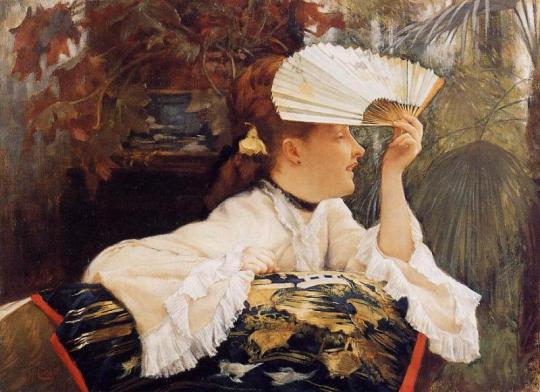
The Fan • 1875 • Wadsworth Atheneum - Hartford, Connecticut, U.S.A.

Tea • 1872 • Metropolitan Museum of Art, New York City

Two Figures at a Door (The Proposal?) • 1872 • Cleveland Museum of Art - Cleveland, Ohio
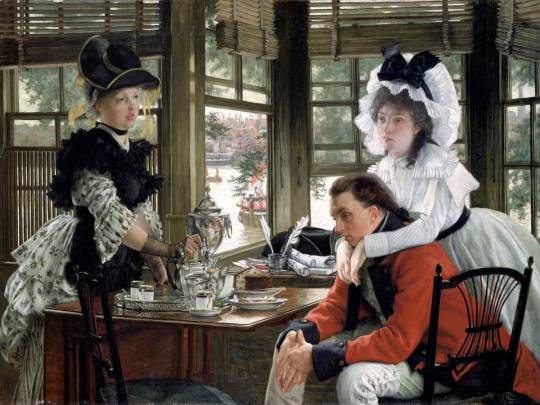
The Parting • 1872 • National Museum, Wales

On the Thames, a Heron • c. 1872-73 • Minneapolis Institute of Art - Minneapolis, Minnesota
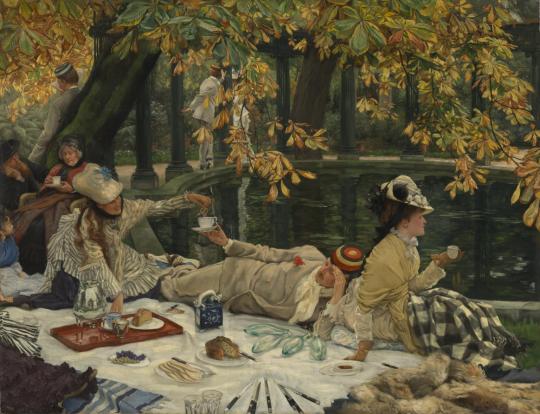
Holiday (also known as The Picnic) • 1876 • Tate, London

Caricature of Charles Darwin for Vanity Fair magazine, 30 September 1871.

Two Sisters • 1863 • Musée d'Orsay, Paris
#art#painting#fine art#art history#19thcenturyart#james tissot#19th century art#belle epoque#french artist#women with fans#paintings of women#british art#the metropolitan museum of art#musee d'orsay#realism#impressionism#british modern life genre movement#genre painting#academic painting#Belle Époque
20 notes
·
View notes
Photo

THE FRIDAY PIC is an installation view of Andrea Fraser’s recent video piece called “This meeting is being recorded,” about which I wrote a few words in today’s New York Times, pasted at the end of this post.
But here’s a thought that came to me after publishing that review: If I’m right that Fraser’s video seems to point at a real-world situation more than it explicitly comments on it, then the piece actually comes very close to inhabiting just about the most standard, central role played by painting in the West at least since the Italian Renaissance. To use the philosophical term I’ve been bandying about of late, both Fraser’s video and its precedents in Old Master painting are as much about (or pretend to be as much about) a simple act of “ostension” as about the act of elaborating on the real-world situation they pick out from all others. In fact, Fraser’s video installation, in the way it imitates and extends the real space of the room where its viewers sit, is a rare modern descendant of the genre of faux-architectural paintings known as quadratura (see the very bottom of this post) which were the culmination of the Renaissance desire to show the world “as it is” — and to propose that even quite elaborate fictions can do that.
Long story short, Fraser, who normally counts as among the more radical of contemporary artists, is actually a follower of Leonardo da Vinci.
And here at last is my Times piece on Fraser:
Andrea Fraser is a pioneer in the institutional critique movement, whose artists question the art-world institutions they are part of.
Fraser’s first show at Goodman surveys her approach. In a 1991 video, Fraser hosts a fictional docent’s tour around the Wadsworth Atheneum, targeting the Connecticut museum’s elite origins. A video from 1998 pokes at the São Paulo biennial and its roots in colonialism.
But the show’s highlight is a new video installation, “This meeting is being recorded,” that leaves the art world behind. After inviting six other white women to join her in discussions about racial privilege, Fraser turned transcripts of the conversations into a bravura performance in which she plays all seven women. Alone onscreen for 99 minutes, she manages to recreate each speaker’s gestures and mannerisms; we realize that, since she participated in the discussions, sometimes she must be “playing” herself.
Here’s a typical passage from the script: “I was doing some work with a, [cross arms at shoulders] with a [gesture to camera/D] psychoanalyst, who’s a Black woman, and she helped me identify my terrifying maternal superego [raise eyebrows, nodding] that I project onto Black women.”
There’s no obvious “critique” on view. We just witness some real-world conversation. But for all the apparent accuracy of Fraser’s depiction, we know a creator’s eye lurks behind it — and it’s the eye of a white artist who is looking at herself as much as at others.
Impersonation, however straight-faced, always hints at satire; here, as often, Fraser’s work gains power from a light, almost comic touch.

12 notes
·
View notes